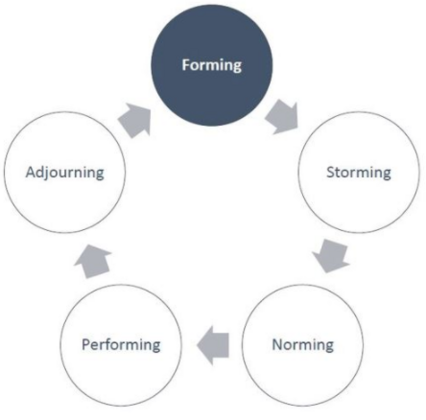Active listening
Contents |
Big Idea
- We listen a lot
- We listen to obtain information
- We listen to understand
- We listen for enjoyment
- We listen to learn
However, research suggests that we remember between 25 percent and 50 percent of what we hear.
What is active listening?
Definition
- Active listening is a communication technique that increases understanding and
trust between speaker and listener
Purpose
- To make the story-teller comfortable telling his story and to make the listener
understand the complete message of the story
Listening vs. Active listening
| Just listening | Active listening |
|---|---|
| Your attention is elsewhere | You focus on the other person |
| You are thinking of what to say next | Curious (like a child) |
| Waiting to tell your own story | Emphatic understanding |
| Interrupting | Allow the person to finish before you talk |
Principles for active listening
Pay attention!
- Look at the speaker directly
- Put aside distracting thoughts
- Don’t be distracted by the environment
- Don't mentally prepare a rebuttal
- ”Listen” to the speaker’s body language
It takes a lot of concentration and determination to be an active listener. Old habits are hard to break, and if your listening habits are as bad as many people's are, then there's a lot of habit-breaking to do! Be deliberate with your listening and remind yourself frequently that your goal is to truly hear what the other person is saying. Set aside all other thoughts and behaviors and concentrate on the message. Ask questions, reflect, and paraphrase to ensure you understand the message. If you don't, then you'll find that what someone says to you and what you hear can be amazingly different!
| TIP! |
|---|
| If you're finding it particularly difficult to concentrate on what someone is saying, try repeating their words mentally as they say them - this will reinforce their message and help you stay focused. |
Show That You're Listening
Use your own body language and gestures to convey your attention:
- Nod occasionally.
- Smile and use other facial expressions.
- Note your posture and make sure it is open and inviting.
- Encourage the speaker to continue with small verbal comments *like yes, and uh huh.
- Ask clarification questions, if required
- But DON’T INTERRUPT AND DON’T JUDGE!
Provide Feedback
Use your own body language and gestures to convey your attention:
- Reflect what has been said by paraphrasing. "What I'm hearing is," and "Sounds like you are saying,"
- Ask questions to clarify certain points. "What do you mean when you say," and "Is this what you mean?"
- Summarize the speaker's comments periodically
TIP! If you find yourself responding emotionally to what someone said, say so, and ask for more information: "I may not be understanding you correctly, and I find myself taking what you said personally. What I thought you just said is XXX; is that what you meant?"
TIP!
|
|---|
Defer Judgement
Interrupting is a waste of time. It frustrates the speaker and limits full understanding of the message:
- Allow the speaker to finish each point before asking questions.
- Don't interrupt with counter arguments.
- Don’t be afraid of silence
Respond Appropriately Active listening is a model for respect and understanding. You are gaining information and perspective.
- Be candid, open, and honest in your response
- Assert your opinions respectfully
- Use the golden rule: Treat others as you would like them to treat you
TIP! Good communication skills require a high level of self-awareness. By understanding your personal style of communicating, you will go a long way towards creating good and lasting impressions with others. E.g. Aggressive, Passive or Assertive

